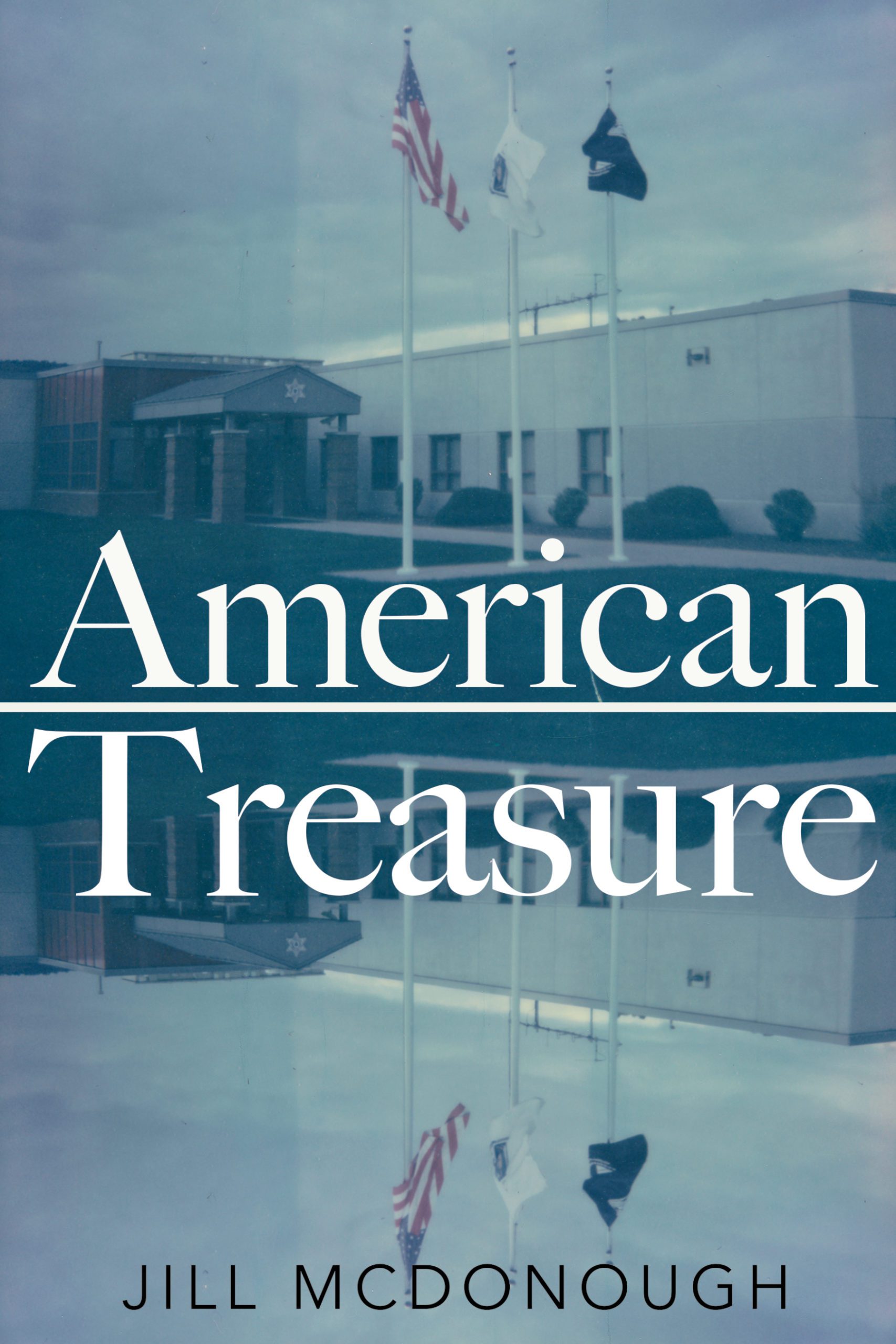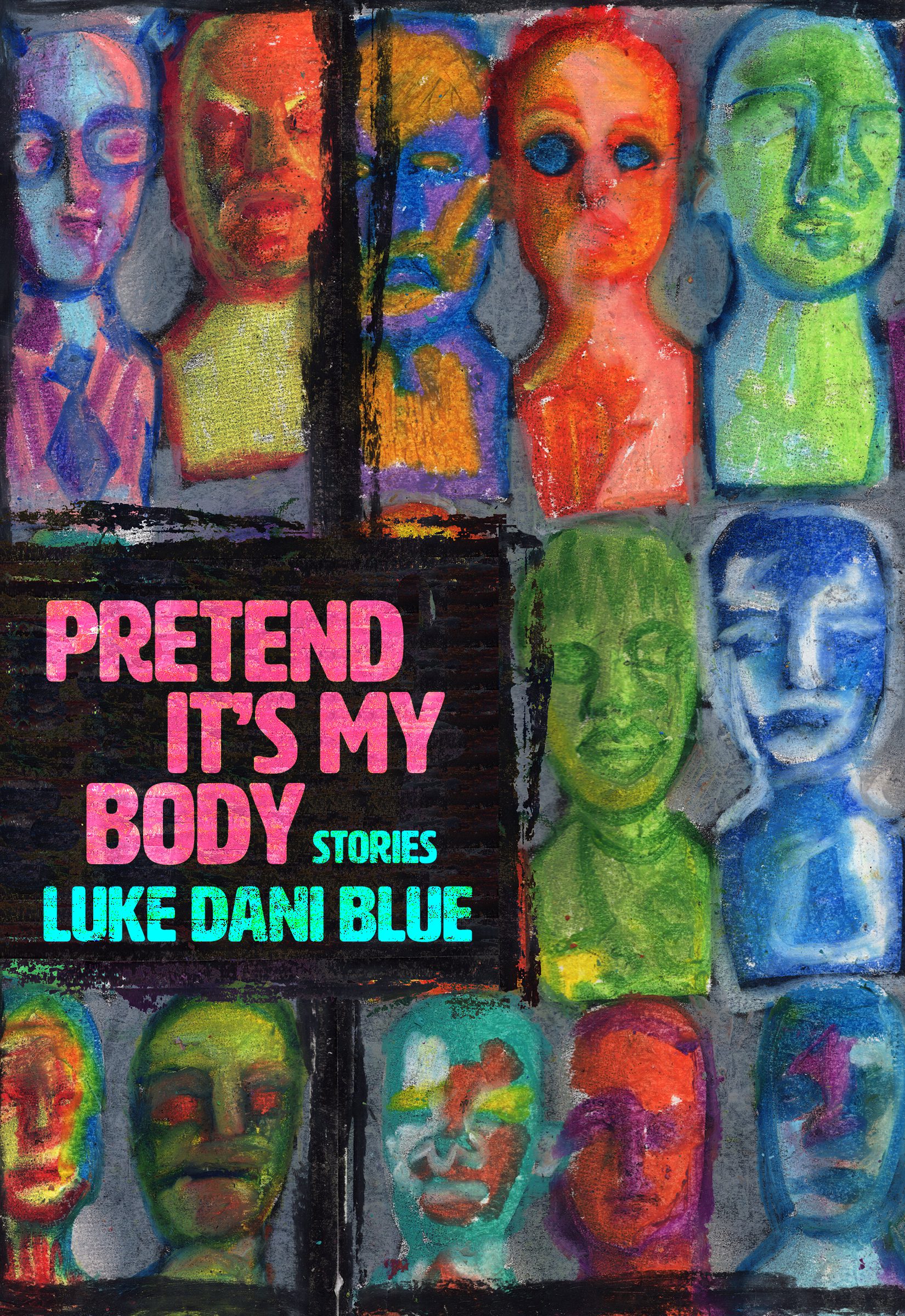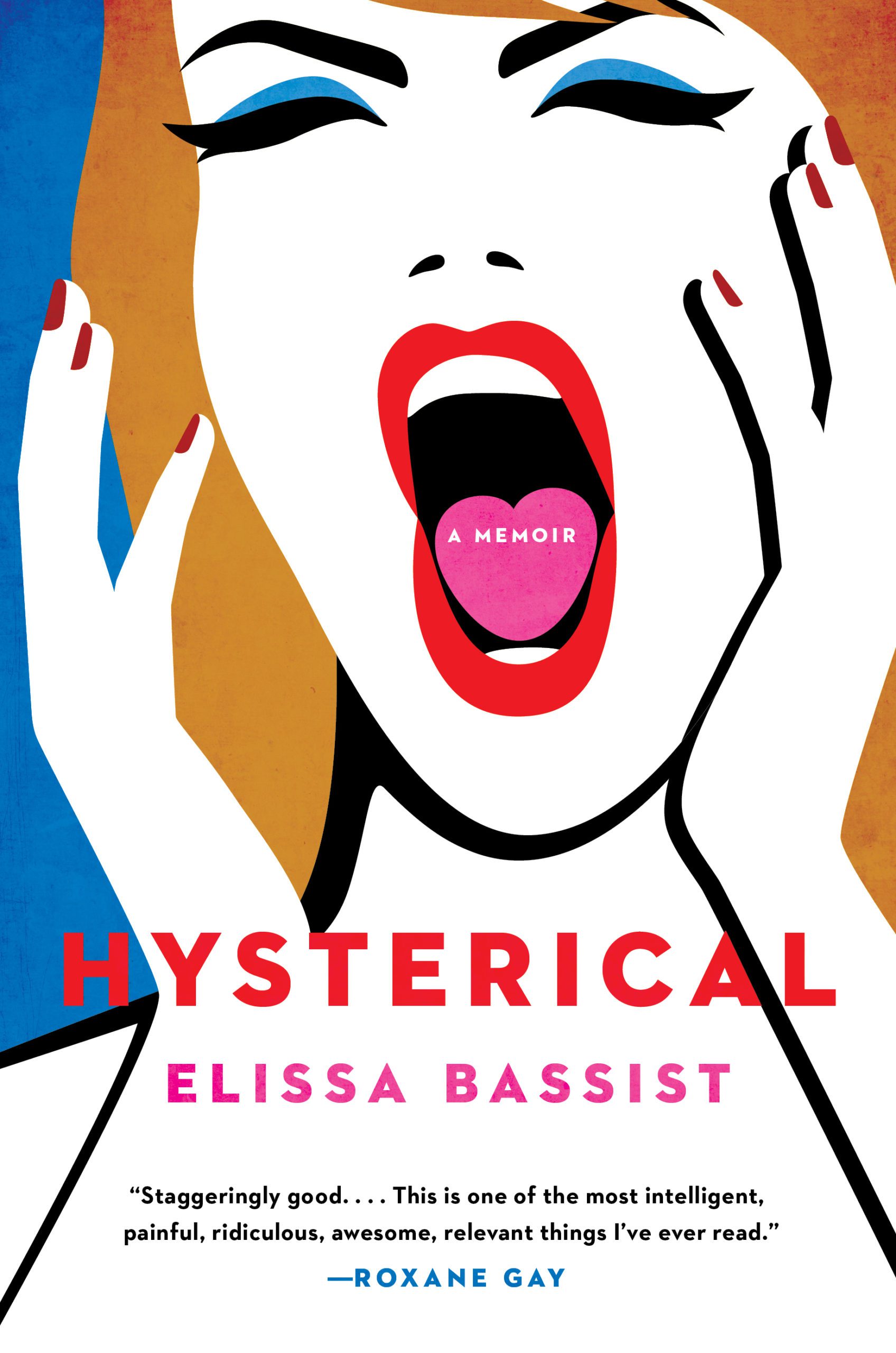 Independence Night
Independence Night
I started reading Doug Dorst’s story collection Sunday, July 4th, as fireworks, invisible from my bedroom’s window, broke the night’s silence. Sweating through a s’more-stained tee shirt, I read The Surf Guru‘s first three stories.
Life, Liberty, and the Pursuit of the New
The title story is structurally interesting (mimicked, for better or worse, by this blog post), each passage written under a heading like “The Surf Guru’s wife, cinematically,” “Bobby Cordero is molting,” “His business,” and “Fear (the largest eyes of all).” The story’s curious appearance was a very inviting introduction to the collection. It signaled that Dorst was a writer not afraid to experiment with form. The most exciting part about a story that is formally inventive is that the reader is asked to find meaning not only in the story itself, but in its structure, in the way in which the author chose to share his story with you.
His meaning
The headings gave the story a sharp, quick pace, making each section seem no longer than the length of time between the swell and break of a Pacific Ocean wave.
Summary, Part I
“The Surf Guru” is about a former champion-surfer, now grown old, who sips Chianti from his beachfront back porch, watching the new crop of young surfers take on his old waters. All but one of these surfers wear his company’s (“GOO-ROO”) surf gear. The rebel surfer, only known as “the red-haired boy,” still manages to be a good surfer, maybe even better than the homogenized rest. The Guru sits transfixed as the red-haired boy surfs and as he woos a girl on the beach. The Guru’s wife, we learn, (“cinematically”) abandoned him, citing lovelessness and the Guru’s “turgid”-ity as reasons for her leaving. He and his ex-wife met spontaneously on a beach. The red-haired boy, then, the Guru’s antithesis, replicates, unconsciously, the Guru of younger days.
The Guru is presumably old (who’s heard of a young Guru?) and is only a spectator to beach life, no longer a star. Whatever power surfing once held for the title character is denied him now. Before Bobby Cordero, a surfer, is killed in a shark attack, Dorst writes:
The wind is up and the waves are big. Bobby needs to clear his head, and this is the way to do it. He rides double overheads for an hour and feels his spirit rise up and dance a rumba with the sea. He is oblivious to his hangover, to the rent he can’t pay, to all those accusations of squandered potential, to the girl who won’t return his calls.
Surfing for Bobby, and, likely, the Guru, is/was a release from the boredom of everyday existence. It is a thoroughly unusual activity designed to increase endorphin production, and sharpen your focus to the task at hand. Bobby Cordero blocks everything out of his mind when he surfs out of necessity. One mis-step, one lapse in judgment, and he’s done for. In middle-old age, the Guru is confined only to observe the catharsis granted others as they ride out the ocean, never feeling it for himself. A piece of himself is down there, his company’s decal on a wetsuit, but he remains distant.
Oddly, near the end of the story, it’s revealed that he has great respect and gratitude for the red-haired boy. The red-haired boy, too, has great respect for the Guru (“See that guy? Dude controls the tides”). This Zen-like relationship, mutual peace in mutual difference, works in the context of a story, literally, about surfing, which can be interpreted as a very transcendent, mystically-charged activity.
Having your cake and not eating it
The collection’s second story, “Dinaburg’s Cake,” follows a dysfunctional family, headed by a baker mother, not unlike Little Miss Sunshine‘s Hoovers. The story’s conclusion, especially, with its playfulness and uncharacteristically goofy character turns, reminded me of Little Miss Sunshine‘s climactic dance and escape scene.
Summary, Part II
Kacy, an Austin baker, develops an attraction to a charming potential customer, looking to buy a cake for his daughter’s wedding. When he informs her that her services are no longer needed, her infatuation only grows stronger. She entertains thoughts of an affair, calls him, dreams about him, and, most entertainingly, feels drawn to look upon, and taste, the cake that he chose over hers.
It is a formally conventional story, told realistically, with equal amounts of humor and pathos. April, Kacy’s hair-pulling (literally) teenage daughter, is a great character, easily memorable for her defining trait, who spends most of the story being described through the lens of her mother. Through this lens, surprisingly, love rarely passes. Instead, Kacy tries to concoct ways to fix her freak daughter. At story’s end, though, I started to think that, save the hair-pulling, there might not have been all that much unusual, or freak-ish about April, that maybe she wasn’t given a fair chance by her mother, a woman looking always to change her family (freak daughter, doltish husband, and easily-excitable young son), as she sees fit, blind to her own faults (passive-aggressiveness, self-, familial-shame, and her own hair-pulling-like tic; teeth grinding).
Forgiveness like limes
The third story, “La Fiesta de San Humberto el Menor,” was the most fun story to read. It had the most engaging action, and its characters were richly drawn. It addressed moral, personal, and existential concerns with great seriousness and, again, humor. The story had a very classic feel, almost medieval or folkloric, but it dealt with issues entirely relevant to today’s world.
Summary, Part III (abridged)
A fruit-stand owner in a small, religious Spanish village makes (partial) amends with the remains of his broken family. A notorious bandit is given a public execution. It’s a story about forgiveness, about trying to be the bigger man, however small you actually stay. It’s a story about the acceptance of things as they are and will continue always to be, however unfair or harshly cruel. It is, like the two previous stories in the collection, about growing older, and finding relief from the sadness that comes with that reality.
Thin brush, small canvas
Maybe it’s just that I don’t read enough short story collections, but I don’t think of the short story form as particularly valuable for writers looking to write memorable characters. Good writers can, and often do (James Baldwin, Sonny’s Blues; Lorrie Moore, People Like That Are The Only People Here; Arthur Conan Doyle, Sherlock Holmes), but most of the characters that lodge themselves in the memories of their readers (Holden Caulfield, Gatsby, Harry Potter) are given an entire novel’s, or series, worth of attention and development. Dorst, though, even in the very short (15 pages, with much white space) title story, writes, vividly, characters who are memorable because of how gorgeously their feelings, motivations, and yearnings are articulated, sometimes even simply hinted at (see: The mostly-discreet Surf Guru himself), to the reader. He does this while also taking advantage of the short form’s necessity for economical storytelling. Writing on a small scale, Dorst writes finely, seemingly starting with his story’s well-formed characters, then building obstacles for them to spend their time on the page attempting to overcome.
Let freedom ring
I hope some of the collection’s remaining nine stories are written more in the vein of “The Surf Guru,” with its formal creativity. If they are written with more realism, as in “Dinaburg’s Cake,” I’ll trust that Dorst will at least populate his story with interesting characters, complete with their own interesting obstacles, and failings, and dreams.
What did these first three stories say to you? Which was your favorite? What do you think of Dorst’s writing? His characters? Let’s discuss in the comments!




